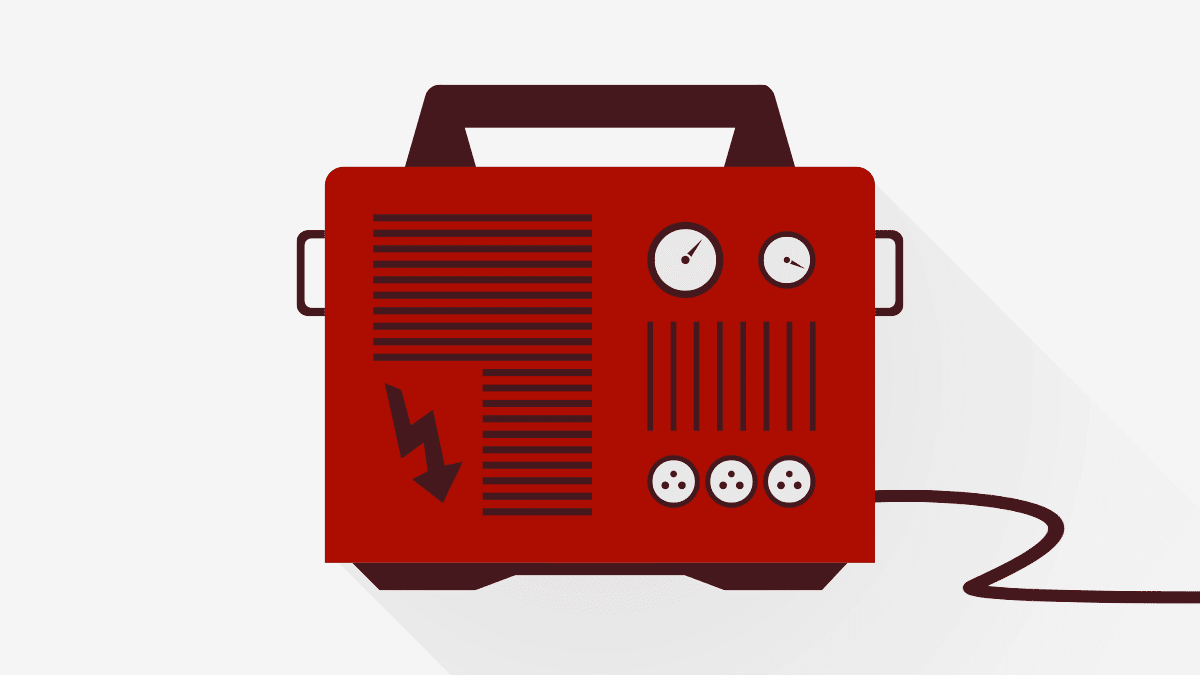Gasoline-powered portable generators produce carbon monoxide gas and, if they’re used indoors or too close to your home, that odorless, colorless CO exhaust can kill a person within minutes.
The only safe spot to operate a generator is outdoors, at a minimum of 20 feet from your house. Direct the engine exhaust away from windows, doors, air-conditioning units, or other structures, including garages and sheds. Don’t assume that opening your doors and windows makes it safe to place the generator any closer to your home. That’s not enough ventilation to protect you, the CPSC says.
Driveways, stone patios, and level patches of grass are all good places to put your generator. And if it’s raining or snowing, you’ll need to shield the generator with a generator tent or cover. You can find model-specific covers online, but it’s fine to grab a generic generator tent at a home center too.
Do not place your generator in the following spaces:
• The garage, even if you leave the door open. Opening doors or windows won’t provide enough ventilation to prevent the buildup of lethal levels of CO.
• An outside porch or carport. The CPSC says that’s still too close to your home.
• The attic
• The basement
• A crawl space
• A shed, or any other building that a person or an animal could enter.
One of the easiest and most important safeguards, according to the CPSC, is to make sure you have working, battery-powered carbon monoxide detectors on each level of your home and outside bedroom areas. (Electricity-powered models with a battery backup work well, too, in the event of an outage.) Test the devices monthly, and never ignore the alarm. If there’s a buildup of CO that eludes the sensors on the generator, the warning from an inexpensive stand-alone CO detector could be a lifesaver.
See our article on the best carbon monoxide detectors and information about how to buy the right CO detector for your home.
Check out the CPSC’s advisory for more advice on how to stay safe while staying warm this winter.
Source link
